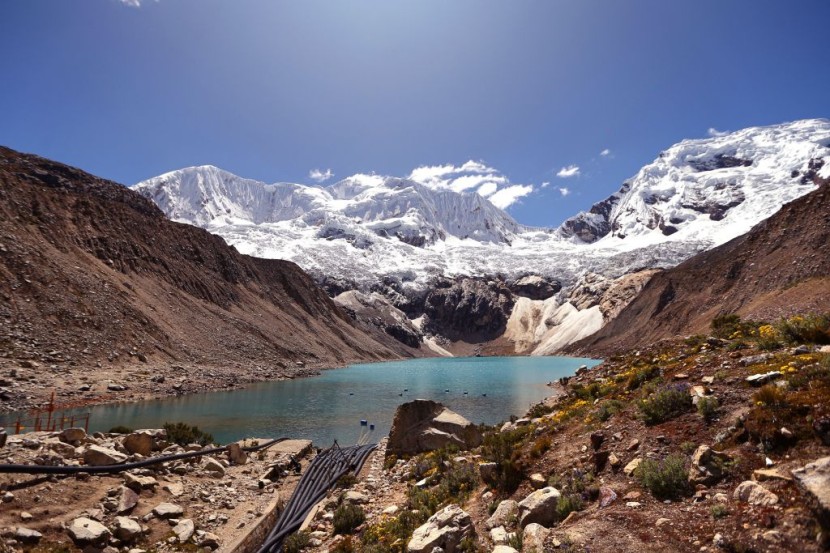Over 50% of Peru's glacier surface has already vanished, raising concerns from experts. Scientists blame this alarming environmental crisis on the worsening climate change.
They said that because of the rising temperature, some mountain ranges in Peru already lost almost 99% of their glaciers. While some people in this South American country benefit from the glacier meltdown, others are suffering from it.
Here are other details you need to know about the continuous disappearance of Peru's glacier surface.
Over 50% of Peru's Glacier Surface Lost Due to Climate Change

ABC News reported that 175 glaciers in Peru are already extinct between 2016 and 2020.
"In 58 years, 56.22% of the glacial coverage recorded in 1962 has been lost," said Mayra Mejia, a Peruvian official of the National Institute of Research of Mountain Glaciers and Ecosystems (Inaigem).
Mejia and other Peruvian scientists said that the main reason why these glaciers are melting is because of the increase in the average global temperature.
The rise in temperature is accelerating the retreat of glaciers, especially in tropical regions, as explained by Inaigem's Glacier Research Director Jesus Gomez.
Mejia said that almost 99% of Chila's glacial surface already disappeared since 1962. Aside from Chila, other mountain ranges in Peru are also experiencing the same environmental crisis.
Read Also : NASA's James Webb Captures Heart of Milky Way, Provides Stunning Visuals of Mysterious Region
Loss of Glacier's Negative Effects Outweigh Its Benefits

According to The Guardian, some residents in Peru are benefiting from the melting of glaciers. On the other hand, other people are greatly suffering because of the ice's disappearances.
For example, as the glacier surface in the Cordillera Blanca slowly melts over the years, the lakes below are now swelling with the water.
Because of this, some Andean communities and regions that have been suffering from extreme droughts are now benefiting from the resulting water, especially the farmers.
There's no denying that the water from the melting glaciers is boosting incomes in the poor rural communities and offering other benefits.
However, most of these positive effects are just temporary. Inaigem President Beatriz Fuentealva explained that the loss of glaciers drastically endangers the lives of people in lowland areas.
This was seen in 1970 when a huge sheet of glacier broke because of a 7.9 magnitude earthquake. it caused a mud avalanche that destroyed the city of Yungay, leading to over 20,000 deaths.
Aside from putting people's lives at risk, the extra water provided by the glaciers may not last as well because more and more people are using it for farming; companies in Peru are also taking advantage of this booming resulting water.








